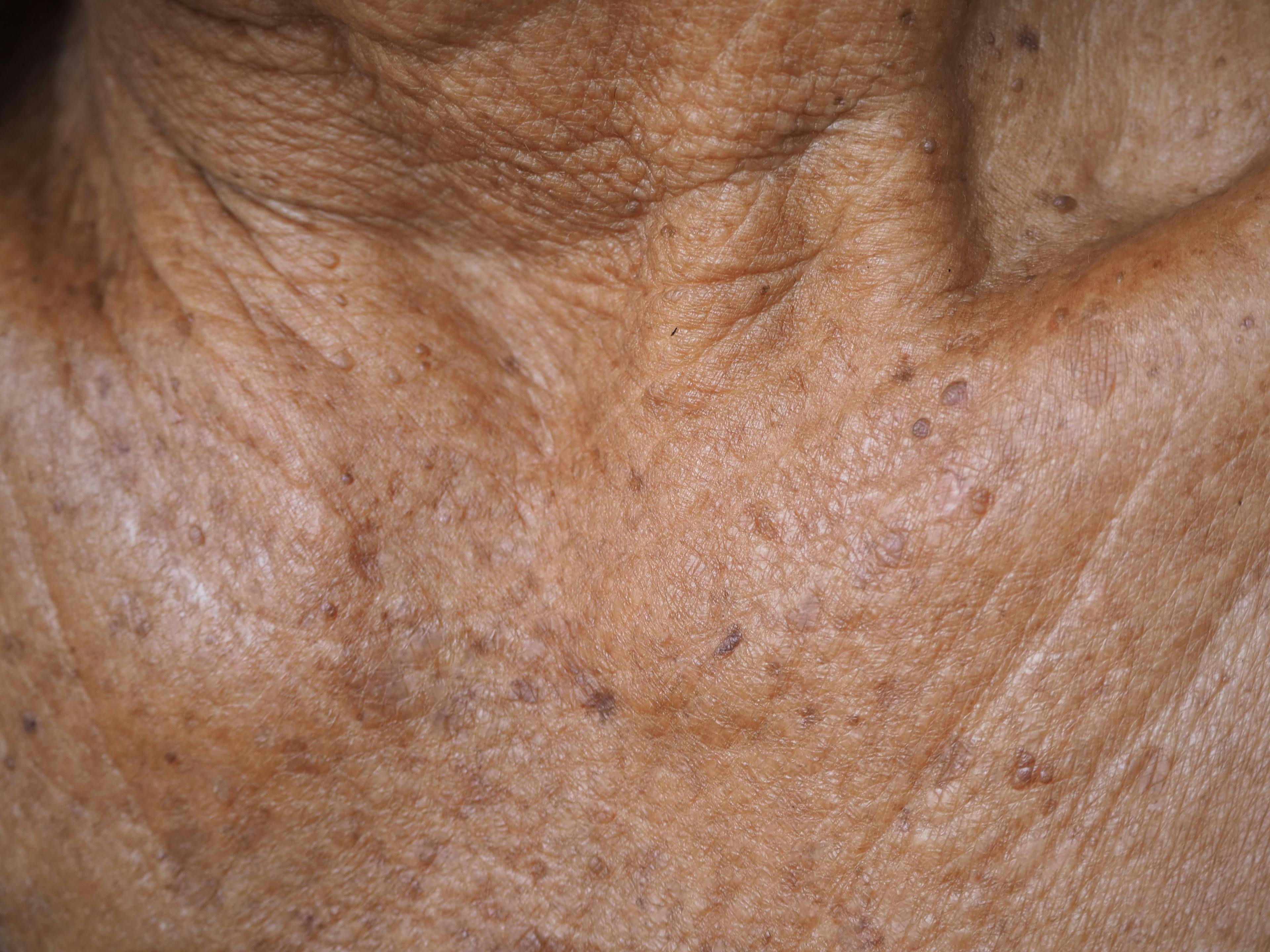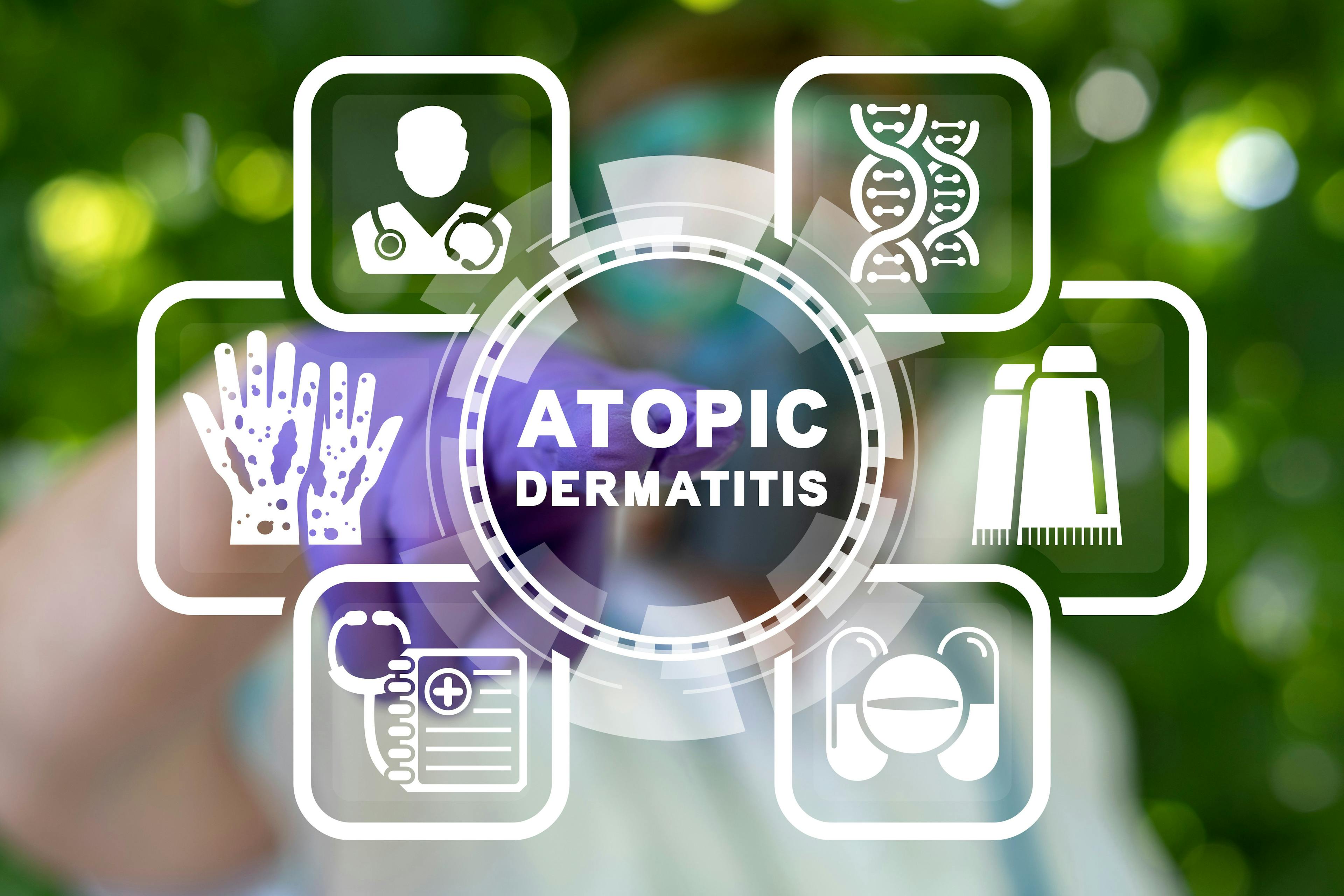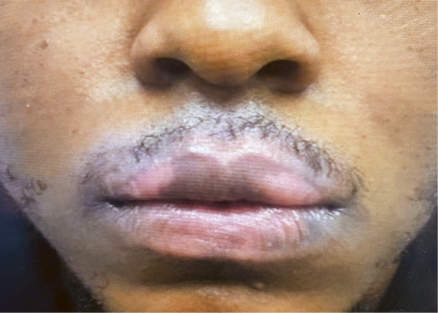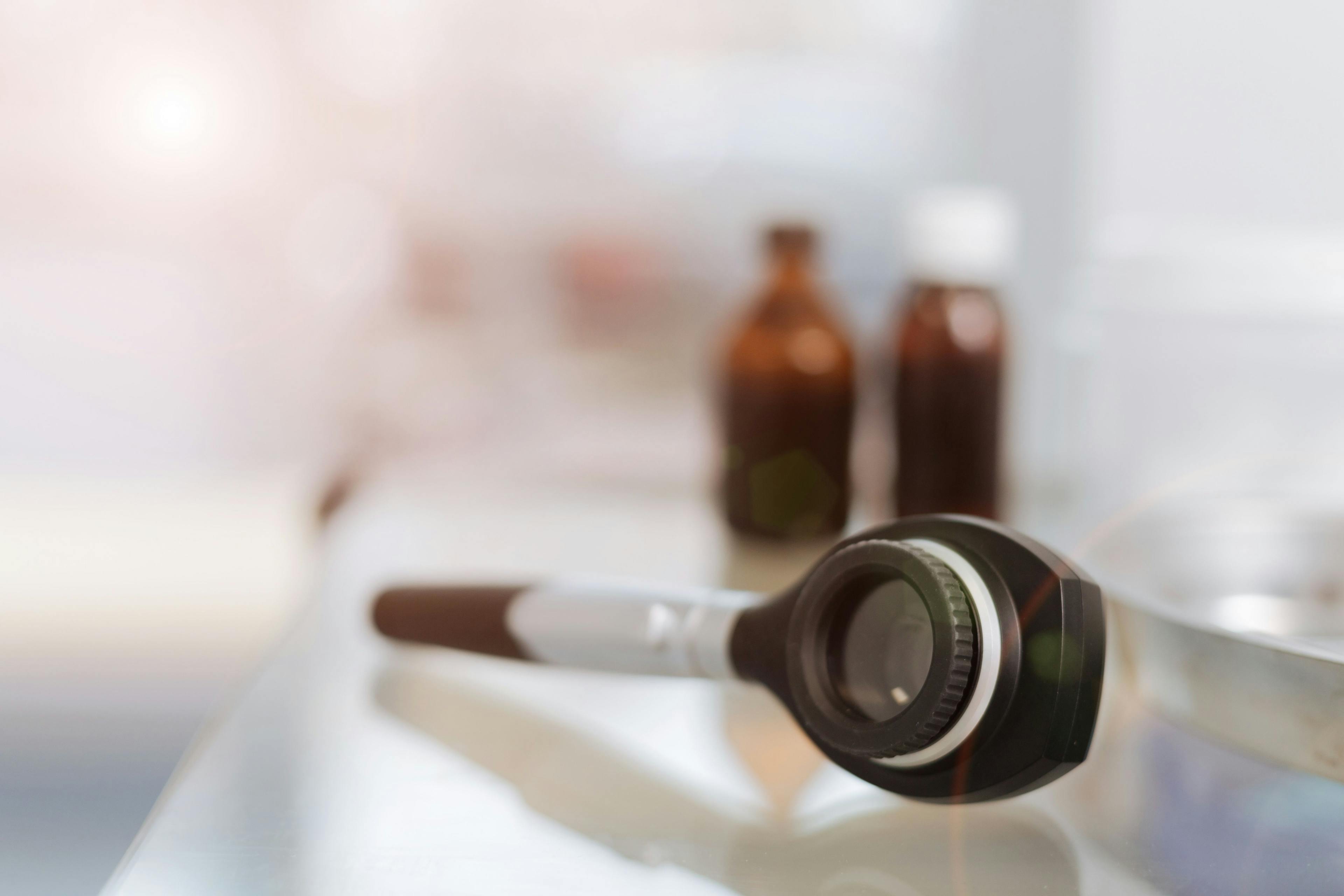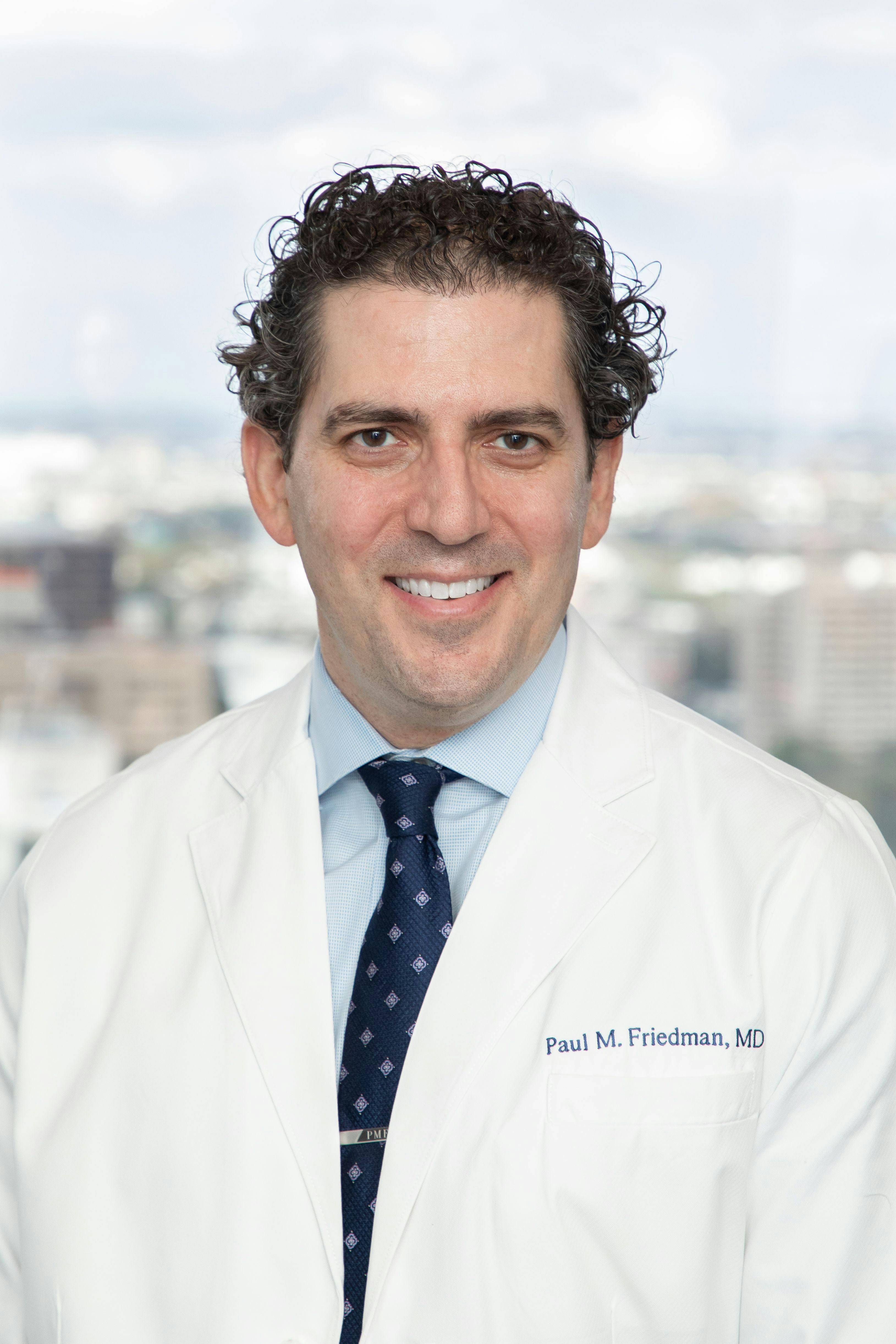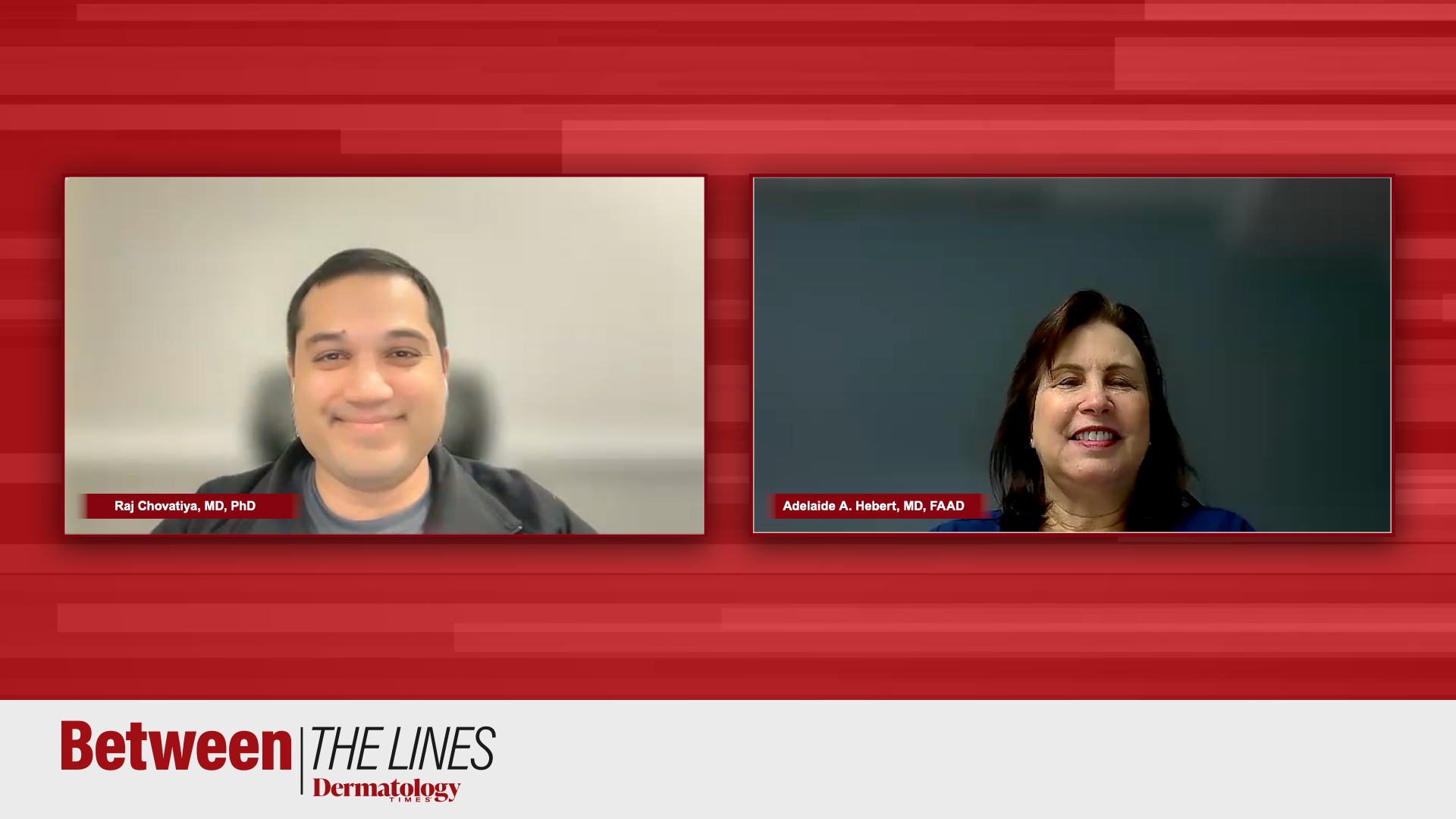- Acne
- Actinic Keratosis
- Aesthetics
- Alopecia
- Atopic Dermatitis
- Buy-and-Bill
- COVID-19
- Case-Based Roundtable
- Chronic Hand Eczema
- Chronic Spontaneous Urticaria
- Drug Watch
- Eczema
- General Dermatology
- Hidradenitis Suppurativa
- Melasma
- NP and PA
- Pediatric Dermatology
- Pigmentary Disorders
- Practice Management
- Precision Medicine and Biologics
- Prurigo Nodularis
- Psoriasis
- Psoriatic Arthritis
- Rare Disease
- Rosacea
- Skin Cancer
- Vitiligo
- Wound Care
News
Article
Dermatology Times
Traveling Skin Cancer Screenings Boost Awareness and Early Detection
Author(s):
The Skin Cancer Foundation’s initiative, Destination Healthy Skin, travels to various cities throughout the country in an RV, wherein volunteer dermatologists provide on-the-street, free-of-cost skin screenings.
Image courtesy of the Skin Cancer Foundation

With skin cancer rates on the rise1 and limited access to dermatologic care experienced by patients in more rural areas,2 early detection of suspicious, potentially cancerous lesions is crucial to early intervention and treatment. To address these disparities and increase skin cancer awareness, the Skin Cancer Foundation’s initiative, Destination Healthy Skin, travels to various cities throughout the country in an RV, wherein volunteer dermatologists provide on-the-street, free-of-cost skin screenings. The initiative, which began in 2008, has since involved a network of more than 600 volunteer dermatologists.
In an interview with Dermatology Times, Becky Kamowitz, senior director of marketing communications at the Skin Cancer Foundation, shared insights into the organization’s outreach program. Additionally, Jesse Lewin, MD, FACMS, chief of Mohs micrographic surgery and vice chair of surgical affairs at Mount Sinai in New York, New York, provided a clinician’s perspective on the significance of on-the-go skin screenings.
Community Selection
Kamowitz said the community selection process for the program depends on a few different factors. “We choose event locations based on proximity to our participating dermatologists—we want to make it easy for them to volunteer—travel time between events, venue availability, and sponsor requests,” she said. “We strive to reach different types of communities, visiting urban, suburban, and rural locations each year.”
The foundation typically spends approximately 2 days in each city where popular attractions such as parks, farmers markets, and shopping centers are located in order for everyone in the community with the desire to participate to have the opportunity to do so. “We love to visit places where people are already gathering and where local dermatologists, businesses, celebrities, and sports teams can help amplify our message,” she said.
Clinician Involvement
“Our dermatologist volunteers are at the heart of the Destination Healthy Skin program,” Kamowitz said. “All physicians who participate in the program donate their time and expertise to perform free skin cancer screenings for the public.”
Lewin has twice participated in performing free screenings but has been involved with the Skin Cancer Foundation for approximately 7 to 8 years. “As a Mohs surgeon, I’m on the back end of skin cancer. I do all the treatment, but I don’t get to do the detection most of the time. For me, it’s a really special opportunity to do lots of skin exams and find skin cancers,” he said.
“What’s so striking about it is that people just walk in off the street, who had no intention of seeing a doctor, and we found skin cancers,” Lewin said. “Most of the time you find these things, patients have no idea that they’re there, or they just think it’s nothing, and so you really can save someone’s life who’s just going to lunch or going to work. It’s the ultimate outreach.”
Identifying Skin Cancer
Kamowitz outlined the step-by-step process from when a patient walks into the RV to the time skin cancer is identified through the program. After explaining findings to participants, physicians encourage necessary biopsies and provide screening forms for their records. Volunteers distribute practice contact information for follow-up appointments. For those unable to accommodate new patients, the foundation offers handouts with suggested next steps, promoting resources such as SkinCancer.org’s physician finder and the American Academy of Dermatology’s “Find a Dermatologist” tool.
“If we see something suspicious, we basically mark it on a map, and we recommend a biopsy,” Lewin said. “The patient takes that form with them, and we can give them a list of doctors to follow up with and make sure that they know how to access that second level of care. I don’t get the follow-up [information] on an individual level on what happens to each of the patients, but I certainly see a lot of lesions that look suspicious, and we try to guide patients to get where they need to go.”
Lewin said that as volunteers work with patients and conduct the screenings, they often talk with patients about their family history of skin cancer, number of moles, and other factors such as red/blond hair or blue eyes, so patients can better understand their individual risk. Volunteers also emphasize the importance of sun avoidance and sun protection.
Addressing Underserved Populations
“We do our best to reach people who may not otherwise see a dermatologist for a skin exam. This happens for many reasons—lack of insurance coverage, long wait times, or geographical challenges. About 65% of the people we screen have never been screened for skin cancer before. Still, it can be challenging to reach people who live in underserved areas,” Kamowitz said. “We need a volunteer dermatologist to conduct screenings on the RV, and the problem with more remote communities is there often isn’t a physician available to do so. That said, we’ve had some incredible physician volunteers in the past who were determined to reach people where they live.”
Kamowitz shared a success story from Lander, Wyoming, where determined dermatologists provided screenings in a community lacking easy access to dermatological care.
Providing patients access to these screenings is “invaluable,” Lewin said. “We know that early detection of skin cancer really saves lives,” he said. “Particularly when you think of melanoma, there’s a really dramatic difference between the 5-year survival rate for early-stage melanomas, which is 99%, and it drops to only 70% survival rate once these skin cancers reach lymph nodes and 32% once they spread to organs.”
Looking Ahead
Kamowitz shared plans for the 2024 Destination Healthy Skin program, starting in Kansas City, Missouri, in April and ending in November with a hiatus during the summer months of July and August.
Lewin touched on the ongoing education gap regarding sun exposure, stressing the need to dispel the misconception of a healthy tan. He raised awareness about the prevalence of squamous cell carcinoma, emphasizing that not all skin cancers looked the same. Destination Healthy Skin stood out as a comprehensive initiative that combined medical impact with extensive outreach, reaching thousands across the country and significantly contributing to skin cancer awareness and prevention.
“There’s an education gap about the sun, and there’s still this concept that tan is healthy, and you look better, you feel better. The sun is good for your mood,” Lewin said. “I think when we do these screenings, it’s just an opportunity to spread this message really broadly that the sun can lead to skin cancer. It doesn’t have to be a burn. Tanning beds can also increase your risk of skin cancer, and heredity plays a role. You have this opportunity to touch on these various points with people that may have never heard it before.... From the doctor’s perspective, it’s rewarding and it makes you feel good. From the person perspective, you could have your life saved just by walking into an RV.”
For those interested in joining the mission, Kamowitz invites readers to visit DestinationHealthySkin.org/volunteer
References
- Lapides R, Saravi B, Mueller A, et al. Possible explanations for rising melanoma rates despite increased sunscreen use over the past several decades. Cancers (Basel). 2023;15(24):5868. December 16 2023. doi:10.3390/cancers15245868
- Pearlman RL, Brodell RT, Byrd AC. Enhancing access to rural dermatological care: the time to start is now. JAMA Dermatol. 2022;158(7):725–726. doi:10.1001/jamadermatol.2022.1470

Newsletter
Like what you’re reading? Subscribe to Dermatology Times for weekly updates on therapies, innovations, and real-world practice tips.


